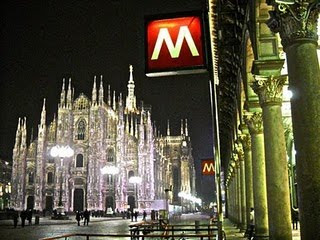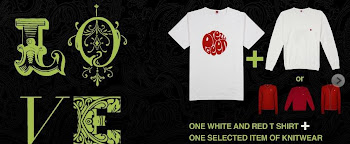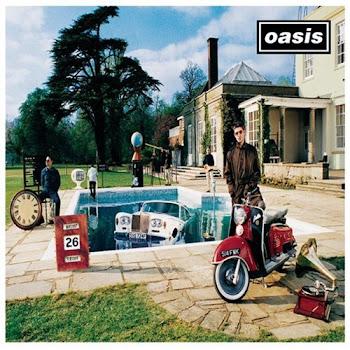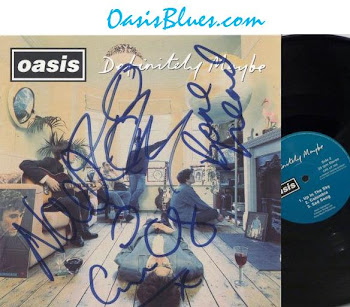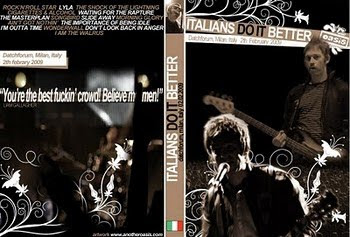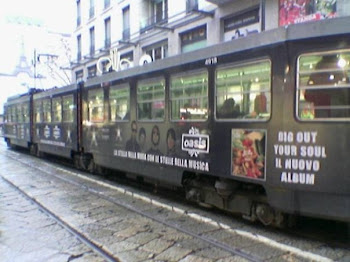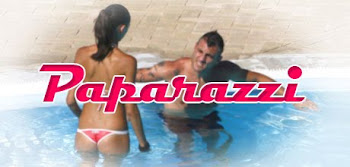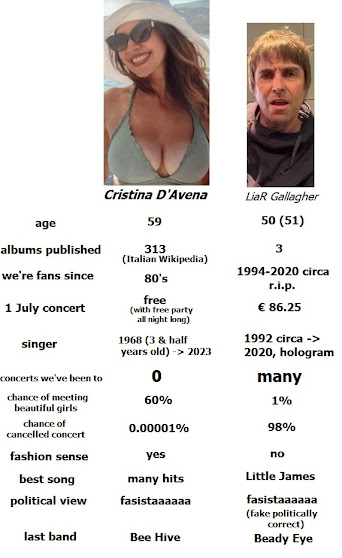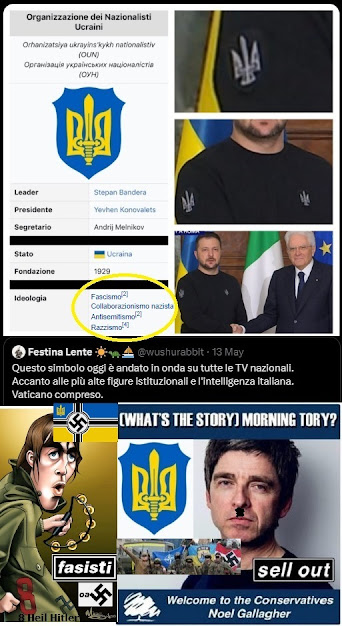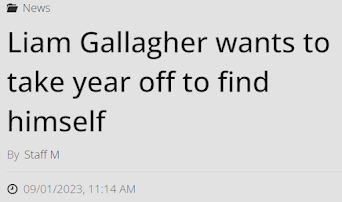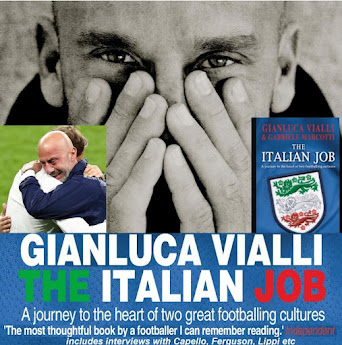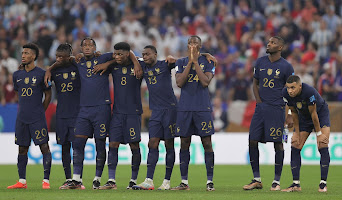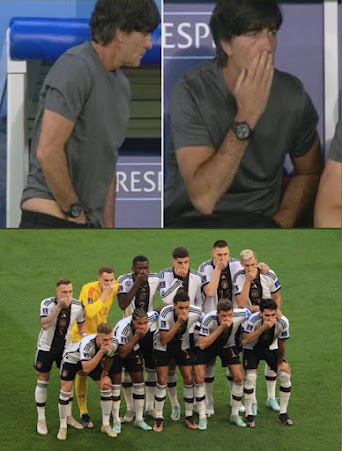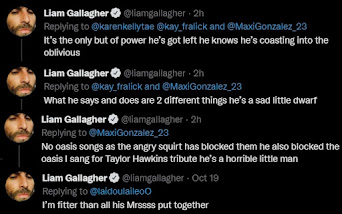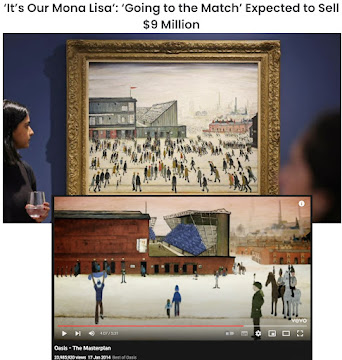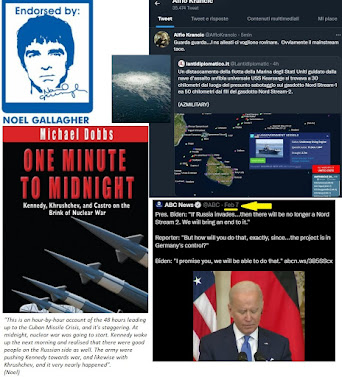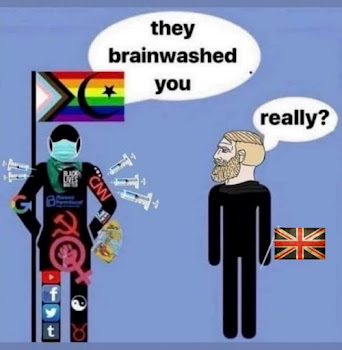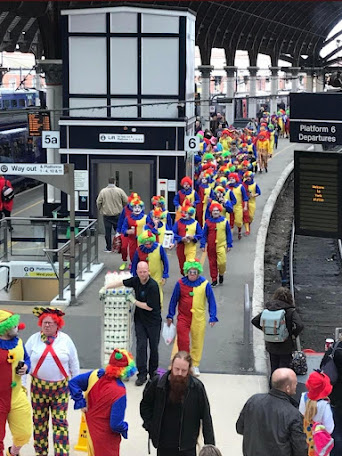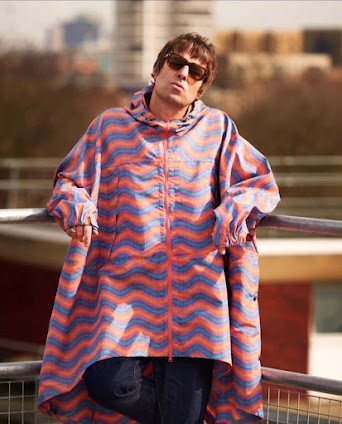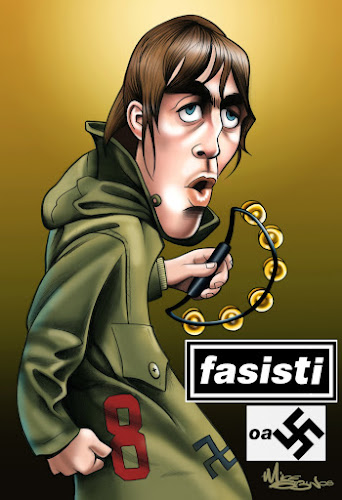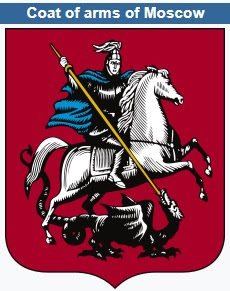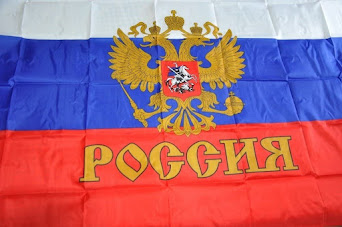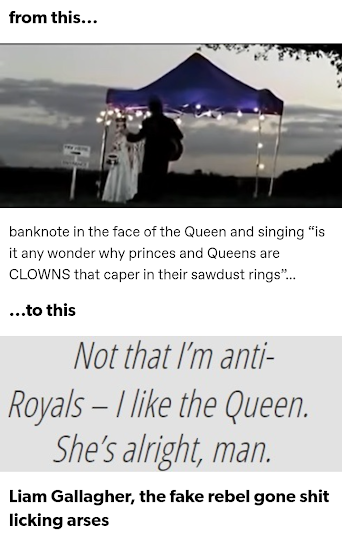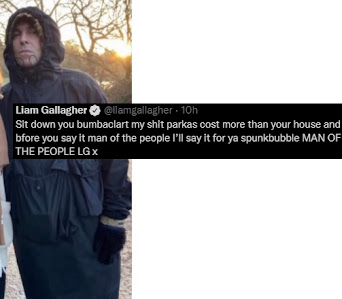Berlusconi then became the most winning president in history and his AC Milan the most successful club in history.
AC Milan went on to win countless trophies domestically and in Europe for the next two decades and more. Paolo Maldini retired in 2009 as the last holdout of this era.
This first title was the catalyst for seven Scudettos and five Champions League trophies. Most importantly it changed the mentality of Italian soccer, as it slowly drifted away from Catenaccio. It paved the way for other attack minded managers such as Zdenek Zeman and Nevio Scala to take centre stage. For the past two decades, the Italian League has been a higher scoring League and this can be traced to this historic title.
Photo: Ruud Gullit, we met him the other week in Milan.
When media mogul Silvio Berlusconi (Noel Gallagher "only a rich politician is a good politician" was in a film produced by "zio Silvio", about Italian Manchester City Blue Moon) took control of AC Milan in the spring of 1986, the team had not won a Scudetto since 1979 and had gone through its worst period in history by being relegated twice in the previous five years (for Match Fixing Scandal as well as sporting reasons). The previous President, Giuseppe Farina, had fled to South Africa amid the scandals. Berlusconi came with a grand vision of winning trophies and titles. The team was still being managed by Swedish veteran Nils Liedholm. The team already contained a backbone of Italian players who had played together for years. The defence was already being led by Captain and standard-bearer Franco Baresi, supported by Mauro Tassotti, Filippo Galli and a teenage Paolo Maldini (Pretty Green fan, friends with Liam). Midfielder Alberigo Evani as well as veteran striker Pietro-Paolo Virdis were mainstays for many seasons now. The foreign players on the books were the English pair of Mark Hateley (Pretty Green fan supporting Liam, scoring a goal with a header we'll never forget @ derby in 1984) and Ray Wilkins.
Berlusconi made a number of key signings for his first full season at the helm (1986/87). He offloaded a fading Paolo Rossi (winning the World Cup with Italy in 1982, some of our best football memories) and signed Verona's Giuseppe Galderisi as striker. He signed midfielder Roberto Donadoni from Atalanta to strengthen the midfield. From Fiorentina, National Team goalkeeper Giovanni Galli and striker Daniele Massaro came on board. Argentina's new wonder boy Claudio Borghi was signed from Argentinos Juniors in frame to be integrated in the next few years. Berlusconi had already set his sights on the Dutch duo of Ruud Gullit and Marco Van Basten, who many predicted a brilliant future.
That first season was saved with a UEFA Cup Play-off victory over Sampdoria. By then Liedholm had been relieved of his duties and replaced with Fabio Capello for the decisive last few weeks of the season. Capello secured the qualification and then stepped aside and took a position in Berlusconi's Finnivest Empire. For the following season (1987/88), Berlusconi made more personnel changes. Besides Gullit and Van Basten, battle hardened midfielder Carlo Ancelotti was signed from AS Roma. The English pair (struggling in the difficult Italian league) of Hateley and Wilkins departed to the french League to Monaco and Paris St Germain respectively. While Galderisi also departed after a solitary season. Berlusconi's most important and unconventional decision was on the choice of manager. He had been impressed with Arrigo Sacchi, then an unknown manager at Parma. He was mostly impressed with Sacchi's non-traditional (by Italian standards) attacking style of play. Italy's League was still entrenched in the defensive Catenaccio culture and low or no scoring games.
Sacchi openly preached an open attacking and pressing game. He preferred zonal marking to the traditional man-to-man marking so prevalent in Italy. Berlusconi saw in him as the ideal manager to lead his new Milan, despite his lack of top-level experience, and in his case a non-existent playing career. It took some time for this new Milan to click, as Van Basten was injured early in the season and would miss a majority of it. Gullit was simply sensational and took to the Serie A with ease in contrast to Juventus' Ian Rush who was completely struggling in his first season. For the early parts of the season, Milan was under the radar as Maradona's Napoli, the defending Champions, was seemingly running away with the title. When the two sides met in Milan in early January, AC Milan made their intentions clear by soundly defeating Napoli 4 to 1. From that point on, Milan went from win to win and reduced the deficit with Napoli with every passing week.
By the spring of 1988, Franco Baresi and midfielders Roberto Donadoni and Carlo Ancelotti were mainstays of the Italian National team. Nineteen-year-old Paolo Maldini also made his national team debut and kept his place for over a decade. Napoli was slowly imploding due to internal troubles. With three matches remaining, Napoli and AC Milan met at Naples with Milan right on their heels. By now van Basten had been back in the team for a few weeks, but clearly was not match fit enough to start. With Gullit in inspired form, Milan defeated Napoli 3 to 2, with even substitute Van Basten scoring, and overtook Napoli at the top of the table. Milan held on for the two remaining matches and won the League title for the first time in almost a decade, by playing a mindset of attack in the best form of defence attitude.
When media mogul Silvio Berlusconi (Noel Gallagher "only a rich politician is a good politician" was in a film produced by "zio Silvio", about Italian Manchester City Blue Moon) took control of AC Milan in the spring of 1986, the team had not won a Scudetto since 1979 and had gone through its worst period in history by being relegated twice in the previous five years (for Match Fixing Scandal as well as sporting reasons). The previous President, Giuseppe Farina, had fled to South Africa amid the scandals. Berlusconi came with a grand vision of winning trophies and titles. The team was still being managed by Swedish veteran Nils Liedholm. The team already contained a backbone of Italian players who had played together for years. The defence was already being led by Captain and standard-bearer Franco Baresi, supported by Mauro Tassotti, Filippo Galli and a teenage Paolo Maldini (Pretty Green fan, friends with Liam). Midfielder Alberigo Evani as well as veteran striker Pietro-Paolo Virdis were mainstays for many seasons now. The foreign players on the books were the English pair of Mark Hateley (Pretty Green fan supporting Liam, scoring a goal with a header we'll never forget @ derby in 1984) and Ray Wilkins.
Berlusconi made a number of key signings for his first full season at the helm (1986/87). He offloaded a fading Paolo Rossi (winning the World Cup with Italy in 1982, some of our best football memories) and signed Verona's Giuseppe Galderisi as striker. He signed midfielder Roberto Donadoni from Atalanta to strengthen the midfield. From Fiorentina, National Team goalkeeper Giovanni Galli and striker Daniele Massaro came on board. Argentina's new wonder boy Claudio Borghi was signed from Argentinos Juniors in frame to be integrated in the next few years. Berlusconi had already set his sights on the Dutch duo of Ruud Gullit and Marco Van Basten, who many predicted a brilliant future.
That first season was saved with a UEFA Cup Play-off victory over Sampdoria. By then Liedholm had been relieved of his duties and replaced with Fabio Capello for the decisive last few weeks of the season. Capello secured the qualification and then stepped aside and took a position in Berlusconi's Finnivest Empire. For the following season (1987/88), Berlusconi made more personnel changes. Besides Gullit and Van Basten, battle hardened midfielder Carlo Ancelotti was signed from AS Roma. The English pair (struggling in the difficult Italian league) of Hateley and Wilkins departed to the french League to Monaco and Paris St Germain respectively. While Galderisi also departed after a solitary season. Berlusconi's most important and unconventional decision was on the choice of manager. He had been impressed with Arrigo Sacchi, then an unknown manager at Parma. He was mostly impressed with Sacchi's non-traditional (by Italian standards) attacking style of play. Italy's League was still entrenched in the defensive Catenaccio culture and low or no scoring games.
Sacchi openly preached an open attacking and pressing game. He preferred zonal marking to the traditional man-to-man marking so prevalent in Italy. Berlusconi saw in him as the ideal manager to lead his new Milan, despite his lack of top-level experience, and in his case a non-existent playing career. It took some time for this new Milan to click, as Van Basten was injured early in the season and would miss a majority of it. Gullit was simply sensational and took to the Serie A with ease in contrast to Juventus' Ian Rush who was completely struggling in his first season. For the early parts of the season, Milan was under the radar as Maradona's Napoli, the defending Champions, was seemingly running away with the title. When the two sides met in Milan in early January, AC Milan made their intentions clear by soundly defeating Napoli 4 to 1. From that point on, Milan went from win to win and reduced the deficit with Napoli with every passing week.
By the spring of 1988, Franco Baresi and midfielders Roberto Donadoni and Carlo Ancelotti were mainstays of the Italian National team. Nineteen-year-old Paolo Maldini also made his national team debut and kept his place for over a decade. Napoli was slowly imploding due to internal troubles. With three matches remaining, Napoli and AC Milan met at Naples with Milan right on their heels. By now van Basten had been back in the team for a few weeks, but clearly was not match fit enough to start. With Gullit in inspired form, Milan defeated Napoli 3 to 2, with even substitute Van Basten scoring, and overtook Napoli at the top of the table. Milan held on for the two remaining matches and won the League title for the first time in almost a decade, by playing a mindset of attack in the best form of defence attitude.
AC Milan went on to win countless trophies domestically and in Europe for the next two decades and more. Paolo Maldini retired in 2009 as the last holdout of this era.
This first title was the catalyst for seven Scudettos and five Champions League trophies. Most importantly it changed the mentality of Italian soccer, as it slowly drifted away from Catenaccio. It paved the way for other attack minded managers such as Zdenek Zeman and Nevio Scala to take centre stage. For the past two decades, the Italian League has been a higher scoring League and this can be traced to this historic title.









.jpg)







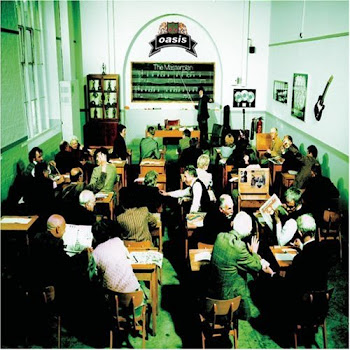
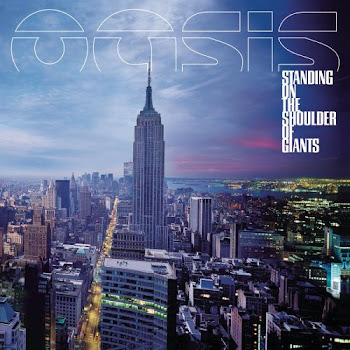

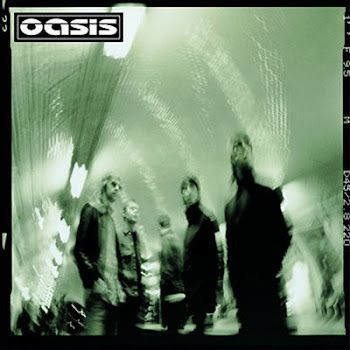


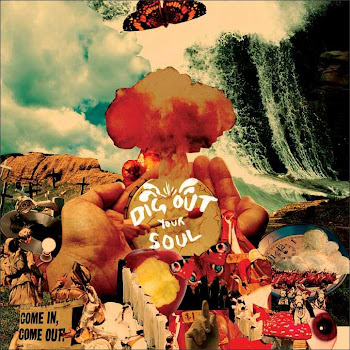
+Crest.jpg)


